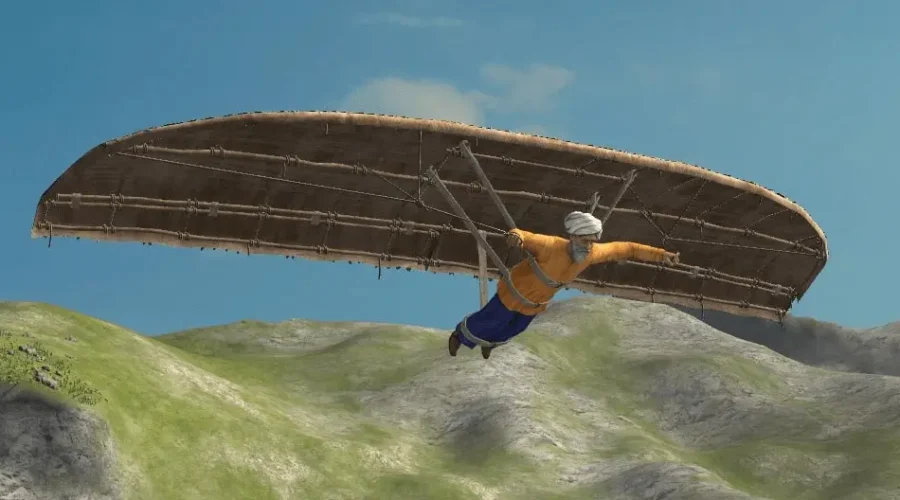Abbas Ibn Firnas: The First Scientific Attempt to Fly
A 9th-century polymath who dared to defy gravity centuries before modern aviation
Long before the Wright brothers took to the skies, a brilliant mind in 9th-century Al-Andalus envisioned the possibility of human flight. Abbas Ibn Firnas, a Muslim polymath, poet, and inventor, made what is considered the first documented scientific attempt to fly. His bold experiment combined observation, engineering, and courage—marking a pivotal moment in the history of aviation. Though his flight ended in a crash, his legacy continues to inspire dreamers and scientists alike.
Abbas Ibn Firnas was born in 810 CE in Ronda, in present-day Spain, during the golden age of Islamic science and culture. A true Renaissance man centuries before the Renaissance, he excelled in astronomy, engineering, poetry, and music. He was particularly fascinated by the mechanics of flight, studying the movement of birds and theorizing how humans might replicate their aerial abilities. His curiosity was not mere fantasy—it was grounded in scientific observation and experimentation.
In 875 CE, at the age of 70, Ibn Firnas constructed a flying apparatus made of silk and eagle feathers, supported by wooden struts. He chose a hill near Córdoba as his launch site and, in front of a crowd of onlookers, leapt into the air. According to historical accounts, he managed to glide for a considerable distance, remaining airborne for several moments before crash-landing. Though he sustained injuries, particularly to his back, the attempt was groundbreaking. It demonstrated not only the feasibility of gliding but also the importance of design elements like balance and control.
What set Ibn Firnas apart from earlier legends of flight—such as the Greek myth of Icarus—was his scientific approach. After his crash, he reportedly concluded that his design lacked a tail, which would have helped stabilize his descent. This insight shows a remarkable understanding of aerodynamics, centuries before the principles of flight were formally studied. His work laid the intellectual groundwork for future inventors and aviators, even if it took nearly a millennium for powered flight to become a reality.
Today, Ibn Firnas is honored in various ways: a statue in Baghdad commemorates his flight, a crater on the Moon bears his name, and an airport in Iraq is named after him. Yet, his story remains lesser-known in mainstream history. His legacy is not just about a failed flight—it’s about the courage to imagine the impossible and the determination to pursue it through science and reason. In a world where innovation often builds on the dreams of the past, Ibn Firnas stands as a symbol of visionary thinking.
Abbas Ibn Firnas was more than an inventor—he was a pioneer who dared to challenge the limits of human potential. His attempt to fly was not just a leap from a hill, but a leap for science and imagination. His story reminds us that every great achievement begins with the courage to try.

Mohammed Jonaidul Hoque is a 1st Batch Student of “Airport & Airlines Ground Operation Foundation “course under Aviation.com.bd Academy. This Article was written by him as a part of the assignment.



